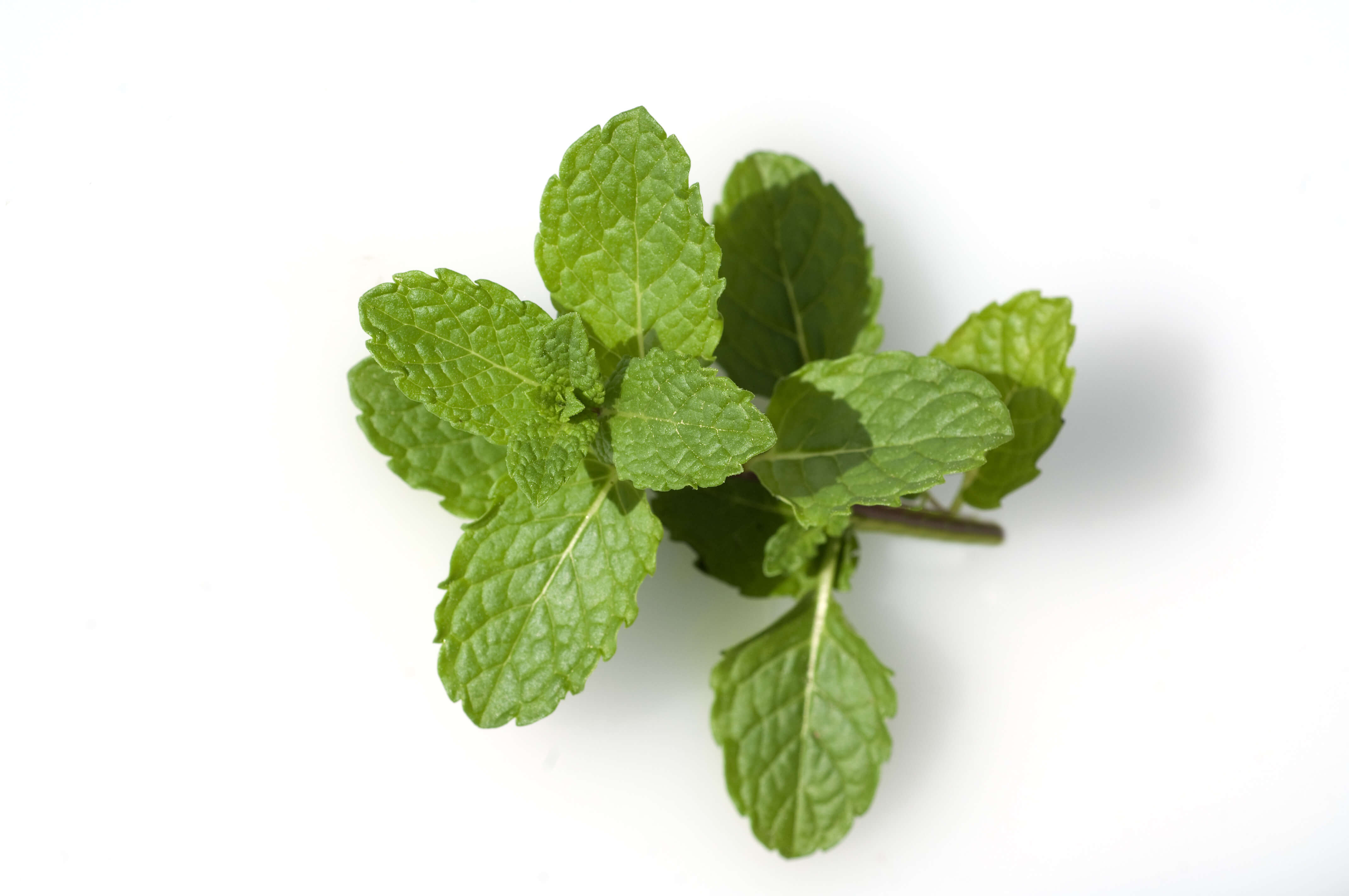
| Company | Ingredient Name | ID | Comments | Naturality | Certifications | Purity | Latin name | Treated part | Geographical origin | MOQ |
|---|---|---|---|---|---|---|---|---|---|---|
|
|
Huile essentielle de Menthe verte - 30 gr | - |
Visit website
|
- | - | - | - | - | - | |
|
|
SPEARMINT Rectified Essential Oil | M_0063400 |
Visit website
|
Naturel | - | - | - | - | - | |
|
|
SPEARMINT EO | 4410000042 |
Visit website
|
Naturel | - | - | - | - | - | |
|
|
MENTHE VERTE | B648 |
Visit website
|
Huile essentielle |

|
- | Mentha spicata L. | Sommité | Inde | - |
General Presentation
-
CAS N° : 8008-79-5
-
EINECS number : 283-656-2
-
FEMA number : 3032
-
Appearance : Colorless liquid
-
Density :
-
Volatility : Heart
-
Price Range : €€
Physico-chemical properties
-
Optical rotation : Donnée indisponible
-
Vapor pressure : Donnée indisponible
-
Refractive Index @20°C : Donnée indisponible
-
Acid Value :
-
Flash Point :
Uses
Uses in perfumery :
Mainly used to flavour chewing gums and toothpastes, but provides a vegetal and spicy freshness to men's perfumes.
Major Components :
- L-Carvone (60-70%)
- D-Limonene (15-20%)
- Myrcene (≈2%)
- Beta-Caryophyllene (≈1%)
- Dihydrocarvone (≈1%)

Photo credits: ScenTree SAS
Botanical name :
Mentha spicata L.
Synonyms : Mentha crispata Schrad. // Mentha sylvestris subsp. viridis (L.) Batt., 1890
Botanical profile :
Mint is a perennial herbaceous plant belonging to the Lamiaceae family and the genus Mentha.
Chemotypes :
There are more than 30 varieties of mint, all of which grow in the temperate and subtropical regions of the globe.
In perfumery, it is possible to find several of these varieties that can be grouped according to their major components:
The Carvone mints: Spearmint EO (Mentha spicata), horse mint EO (Mentha longifolia).
The Menthol mints: Peppermint EO (Mentha piperita), Corn Mint EO (Mentha arvensis).
The Pulegone mints: Pennyroyal EO (Mentha pulegium).
The Linalool mints: Bergamot Mint EO (Mentha citrata), also called ''Eau de cologne mint ''.
Spearmint is olfactorily the greenest and the most alimentary. It is also used for crossings, giving birth to peppermint, associating it with the so-called water mint (Mentha aquatica). Mint is one of the plants with the easier hybridization: planting two mints side by side is enough to create a new variety.
Extraction process :
Mint draws its essential oil from its leaves. When growing, it is usually possible to make two harvests on each foot. The plants are mown right before they bloom, and dried for 2 to 4 hours.
The essential oil is extracted by steam distillation for about 2 hours. It is collected in an essencier by decantation, at the refrigerant outlet, with a yield of about 0.5 to 0.8%.
Other comments :
It is believed that the word ''mint '' comes from a Greek legend of the nymph Minthe, who caught the attention of Hades. Hades's wife, Persephone, who was jealous, allegedly attacked Minthe and locked her in a mint.
Composed of about 60% L-Carvone, spearmint EO is the main precursor of natural L-Carvone. It is also possible to notice adulterations of this essential oil by adding L-Carvone.
Stability :
Solubility issues in perfumes
The terpenes identified in this raw material can polymerize when they are oxidized
Regulations & IFRA
Allergens :
IFRA 51th :
This ingredient is not restricted for the 51th amendment

